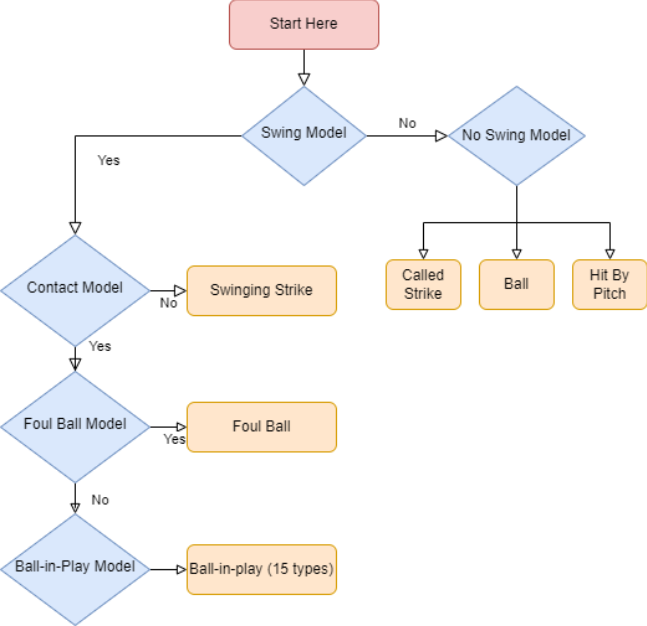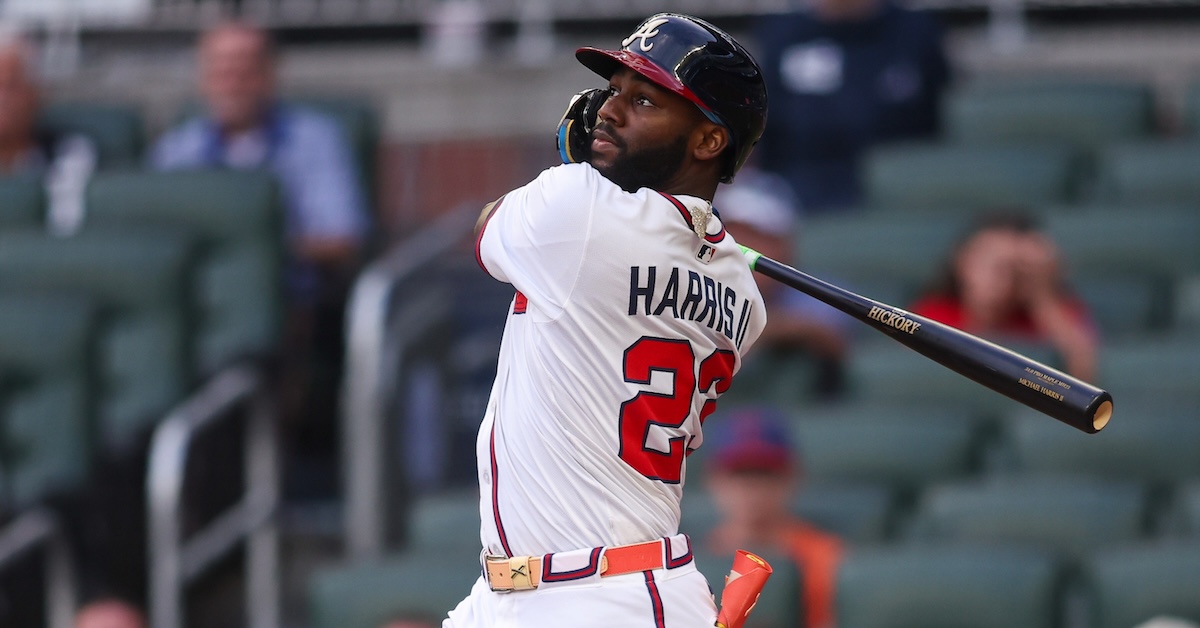Let’s Imagine a Different Coby Mayo

Every year, the Baltimore Orioles turn out a crop of strapping young hitters who just got done obliterating minor league pitching. You’ve probably heard of many of them. Adley Rutschman, Gunnar Henderson, Jackson Holliday, Colton Cowser, Jordan Westburg, Samuel Basallo, the list goes on. All six of those guys will be everyday regulars next year; the only reason they aren’t now is because Rutschman and Westburg are on the IL. But lost in that percolation of prospects is Coby Mayo, whose early major league career hasn’t quite gone as expected. I wondered why – and what Mayo could do to capitalize on his promise.
A year ago, Mayo was comprehensively dominating pitchers meaningfully older than him. He posted a 139 wRC+ in Triple-A at age 22, following up on an equally scintillating 2023 season. He was a preseason Top 100 prospect. His raw power was immediately evident to all observers. He looked like he’d be a key piece of the 2025 Orioles’ playoff run. But that run never materialized, and neither did Mayo’s thumping, mid-lineup offense. Instead, he’s hitting .184/.259/.327 and batting ninth for the last-place Birds.
If you watch Mayo play, one thing jumps off the page: his unconventional uppercut swing. I’m not even quite sure how to describe it, but here’s a video of it at its best:

Swing mechanics aren’t my area of expertise, so I’ll just say it has a little funk to it and move on. The point is that he uses that swing to clobber the ball, and he really does accomplish what he sets out to, bad season notwithstanding. He has elite bat speed, and even in this miserable season, he’s posted good raw power indicators; his EV90, barrel rate, and launch angle suggest that he’s going to be elevating and celebrating plenty over the years to come. Read the rest of this entry »










